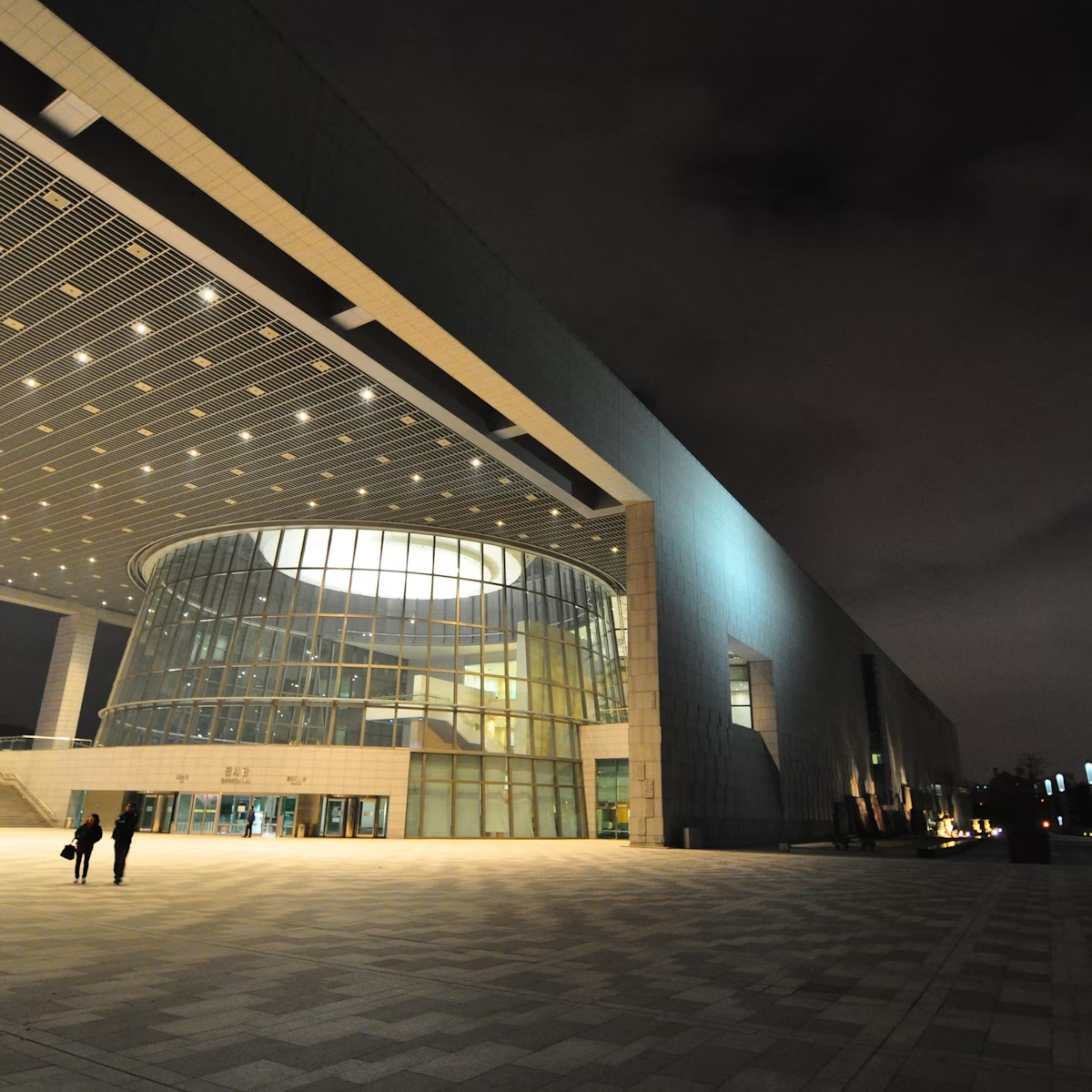Built in 1908, this former prison is a potent symbol of Korean suffering at the hands of Japan during colonial occupation in the early 20th century. However, it was also used by Korea's various postwar dictators up until its closure in 1987. You can tour the original cell blocks where independence fighters and democracy campaigners were held, as well as the nightmarish interrogation and torture rooms. An execution block dating from 1923 features a concealed tunnel to remove the dead.
Designed to house 500 prisoners, during the height of the anti-Japanese protests in 1919 up to 3500 prisoners were packed inside. A memorial lists the names of 90 Koreans known to have died here, but between 300 and 600 nameless others are thought to have perished from torture, execution, malnutrition and disease. The most famous of the victims is Ryu Gwan-sun, an 18-year-old Ewha high-school student, who was tortured to death in 1920.








